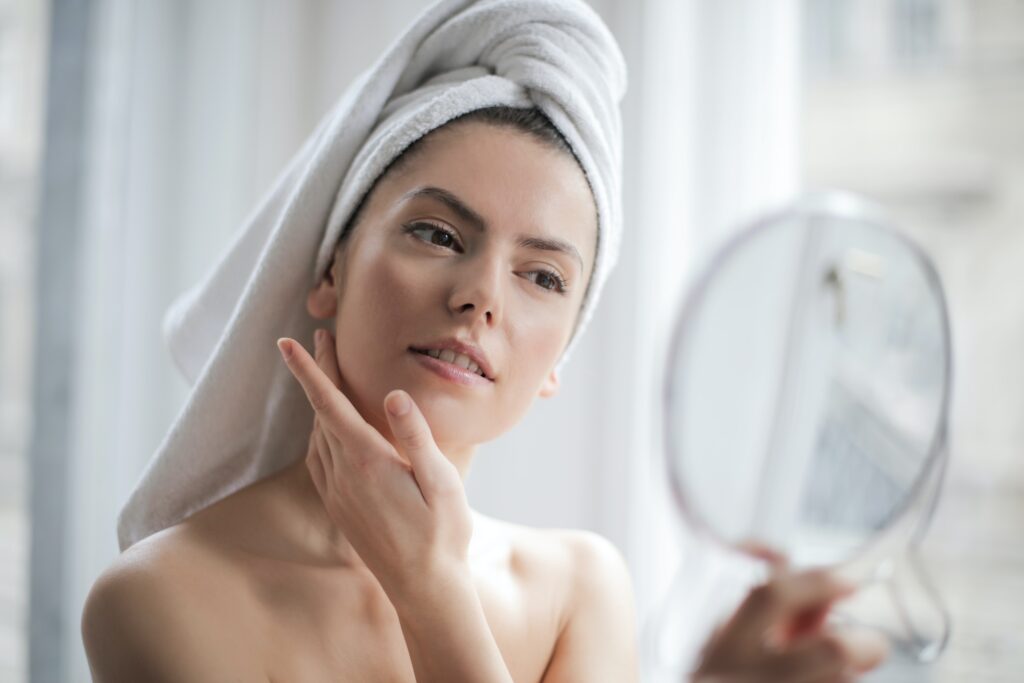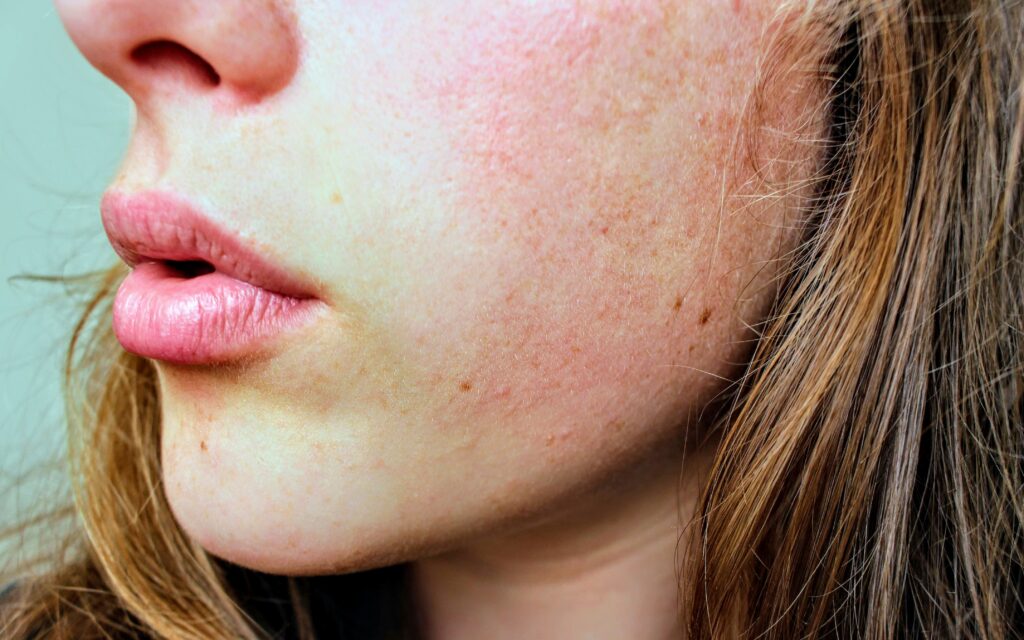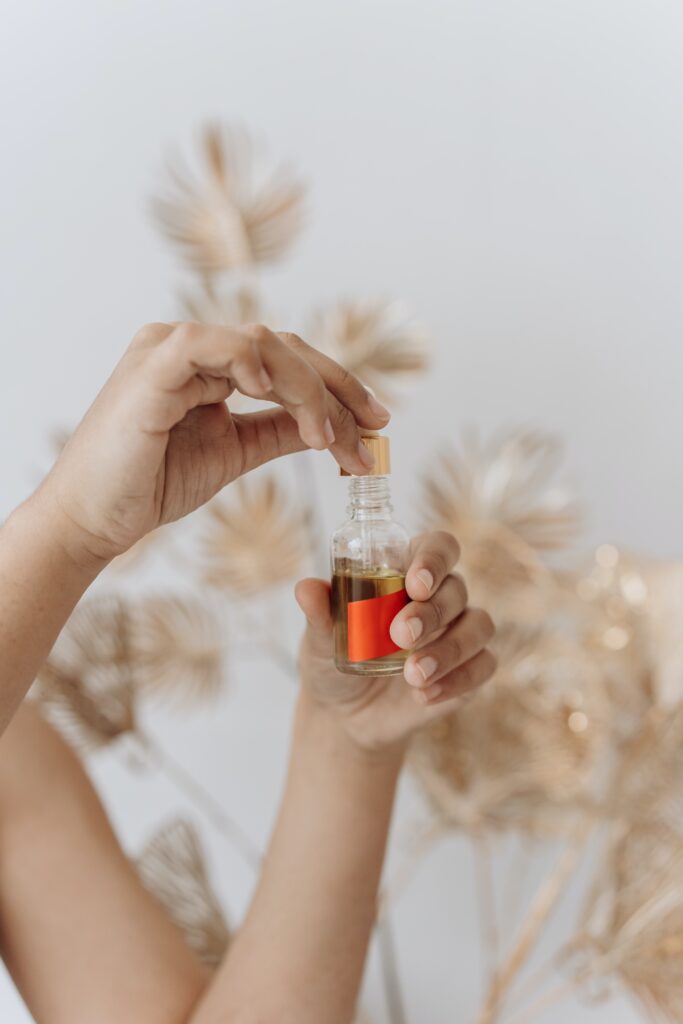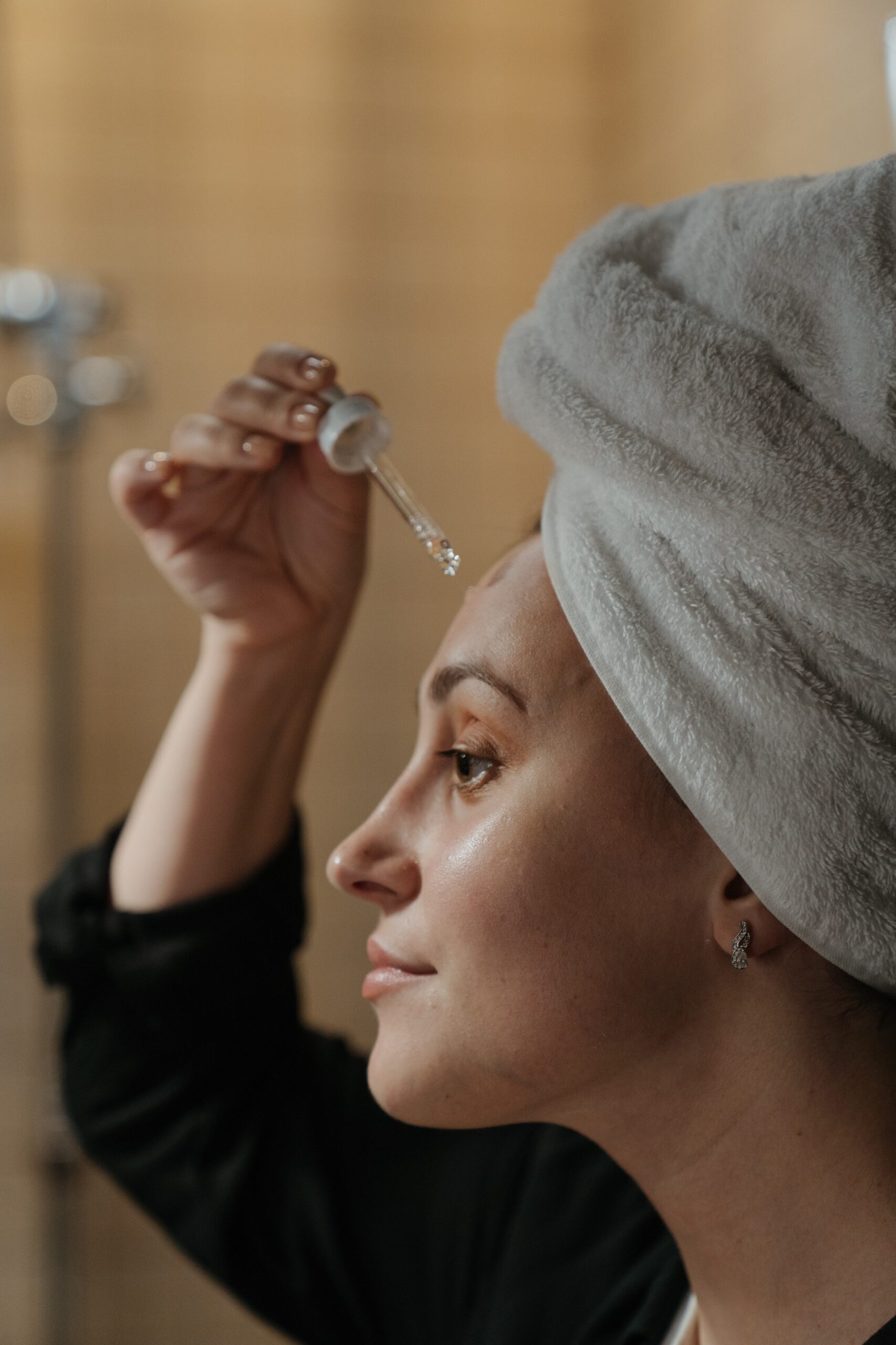Note: As an affiliate, I earn a small commission from qualifying purchases made through links in this post. This helps support my work, but it won't cost you any extra. For more information, please read my full disclosure here.
This blog is all about retinol side effects you should know to achieve the best results.
Retinol is like a superstar in the world of skincare. People love it because it can make your skin look fantastic, helping with wrinkles, pimples, and just making your skin overall better. But, here’s the thing: it has some not-so-great side effects if you use it too much or the wrong way.
In this blog, we’re going to talk about retinol in a way that’s easy to understand. We’ll look at all the good stuff it can do for your skin and also the not-so-good stuff you should be aware of.
Think of this as your guide to understanding everything about retinol, so you can use it wisely and get the best results for your skin. Ready to dive into the world of retinol? Let’s go!
What Is Retinol?
Retinol is a cousin of vitamin A, and it’s part of a big family of skincare ingredients called retinoids. You can find it at the store without needing a prescription, and it’s in lots of skincare products like cream and serum.
When you apply retinol to your skin, it accomplishes something remarkable—it enhances skin texture, making it smoother and more even
What Are the Benefits of Retinol?

1. Fighting aging
As we grow older, our skin starts to slow down. It doesn’t renew itself as quickly, becomes thinner, and struggles to stay moisturized. This is when fine lines and wrinkles can become more noticeable.
Retinol comes to the rescue by slowing down the breakdown of collagen, a protein that keeps your skin firm, and by promoting collagen production. This can help reduce wrinkles and the appearance of those telltale signs of aging while also supporting the elasticity provided by elastin.
2. Clearing acne
When your pores get clogged with dead skin cells and oils, it can lead to various types of acne, like blackheads, whiteheads, and pimples. Retinol is like a bouncer at the club for your pores. It stops them from getting all jammed up, preventing acne from forming in the first place.
3. Healing acne scars
If you’ve dealt with acne, you know it can leave behind scars. Retinol can lend a hand here too. When you apply topical retinol, it can reduce the swelling and inflammation that often accompany breakouts. This not only helps with existing acne but also works to prevent future breakouts.
However, it’s worth noting that retinol may not work as effectively on severe acne scars that are deeply indented or raised.
4. Evening skin tone
Retinol has another trick up its sleeve. It encourages your skin to create new blood vessels, which can improve your skin’s color. Plus, it can fade age spots and make rough patches of skin feel smoother.
5. Minimizing pores
Do large pores bother you? Retinol can come to the rescue by increasing the turnover of your skin cells, making your skin thicker, and preventing those pores from becoming clogged. This can lead to smaller-looking pores and smoother skin.
What Are the Retinol Side Effects?

1. Redness
Retinol works by speeding up how quickly your skin cells renew themselves. This can lead to a bit of a hiccup in your skin’s normal routine. Your new skin cells can pop up before they’re quite ready, and that can cause some redness, itching, or even a change in skin color. It’s like your skin getting a little confused and showing it with these symptoms.
2. Irritation and burn
If you use your skincare products with retinol all at once, it can be like giving your skin a big shock. This can lead to something called “retinol burn,” and it usually happens within a day. It’s important to start slowly and let your skin get used to retinol over time.
3. Dry skin
Retinol is a bit like a drill sergeant for your skin cells. It pushes them to work faster, which is great in the long run. But at first, it can make your skin look and feel dry and irritated. Think of it as a temporary adjustment period for your skin as it gets used to the new routine.
4. Purging
Purging occurs when a product, like retinol, accelerates the skin’s natural cell turnover process. As a result, it can bring underlying clogs and impurities to the surface more quickly. This might lead to a temporary increase in breakouts, particularly for those prone to acne.
It’s important to note that purging is different from an adverse reaction or an allergic response to a skincare product. Purging usually occurs in areas where you commonly experience breakouts and should subside over time as your skin adjusts to the retinol. However, if you experience severe or prolonged irritation, it’s essential to consult with a dermatologist for guidance.
Related post: Skin Purging Vs Breakouts: Unmasking The Truth Behind Your Blemishes
5. Sun sensitivity
According to Skin Type Solutions, retinol doesn’t always play nicely with the sun. It doesn’t directly make your skin sensitive to sunlight, but the chemicals it turns into when exposed to light can. That’s why dermatologists recommend using retinol products only at night and washing them off before you go out in the sun. Don’t forget to wear sunscreen during the day to keep your skin protected.
How to Prevent the Side Effects of Retinol

1. Ask your dermatologist
Before diving into the world of retinol, it’s a good idea to have a chat with your dermatologist. They can give you personalized advice based on your skin type and any specific concerns you may have. They might even recommend a particular retinol product that suits your skin.
2. Start with a low dose
When it comes to retinol and other retinoids, the “less is more” approach is a smart way to begin. Start with a low-dose topical product and see how your skin reacts. If things are going well, you can gradually move on to something stronger. It’s a bit like testing the waters to make sure your skin is comfortable with retinol.
3. Know your skin
Understanding your skin is key. Pay attention to how it reacts to retinol. If you notice redness, irritation, or excessive dryness, it might be a sign that you’re using too much or too often. In such cases, it’s perfectly fine to take a step back and let your skin adjust before increasing the strength or frequency of retinol use.
4. Use a moisturizer
Apply a moisturizer shortly after applying retinol. Retinol can sometimes be drying, so a moisturizer can help keep your skin hydrated and reduce dryness and flakiness.
5. Sunscreen is a must
Always wear sunscreen during the day when using retinol. Retinol can make your skin more sensitive to the sun, and unprotected sun exposure can lead to increased irritation and sun damage. Opt for a broad-spectrum sunscreen with SPF 30 or higher.
6. Avoid harsh products
While using retinol, steer clear of other harsh skincare products like chemical peels or strong exfoliants like AHA or BHA. These can intensify the sensitivity and potential for irritation.
7. Patience is key
It takes time for your skin to adjust to retinol, and results may not be immediate. Be patient and consistent with your retinol routine, as it can take several weeks to see significant improvements.
Conclusion
In the world of skincare, retinol shines like a superstar, offering a plethora of anti-aging benefits for your skin. From battling the signs of aging to clearing acne and improving your skin’s texture, it’s a trusted ally in the quest for healthier, more youthful skin.
However, as with any potent tool, retinol comes with its share of side effects, commonly known as side effects of retinol. These can include redness, irritation, dryness, and increased sensitivity to the sun. Yet, armed with knowledge and the right approach, you can navigate these challenges and harness the remarkable benefits of retinol.
Remember, retinol is not a one-size-fits-all solution. Consulting with a dermatologist and starting with a low dose of topical retinoid are prudent steps for those with sensitive skin. Also, understanding your skin’s signals and practicing sun protection are crucial to mitigating potential side effects.
With patience and care, you can use retinol wisely and achieve the best results for your skin. So, as you embark on your journey into the world of skincare, armed with the truth about retinol and its cell turnover-boosting properties, you’re better equipped to make informed choices for a radiant and healthier complexion.
More About Skincare Topic:
Face Oil Vs. Moisturizer: Which One Is Better For Your Skin?





